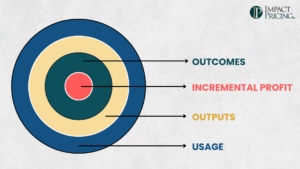Self Delusion or Intentional Deception?
Peloton made pricing news recently when they filed their S-1 to go public. According to the Inquisitive Investor, their churn numbers are deceptive:
Peloton subscriber churn looks to me to be around 20-30% per year. But they reported churn of 0.7%!!
Math with me here.. the reported churn is a ‘monthly’ churn, calculated as net cancels in the period, divided by 3 months. So 0.7% = 2.1% per quarter, or around 8.4%/yr.
View the full tweet here.
I’m not here to bash them any more than they are already getting. However, let’s use this to learn two valuable pricing lessons.
How to Calculate Churn Rate
First, calculating churn, or any metric for that matter, requires a little bit of thought to truly capture the essence of the metric. The essence of churn is knowing how much people like your offering enough to stick around. According to the link above, Peloton calculated churn by taking the number of people who left in a month divided by the total number of subscribers. That is the normal formula.
However, many Peloton subscribers, probably more than half, are under long term contracts and can’t quit. Hence it looks like each of these subscribers are happy with Peloton. They may be, but we don’t know. They don’t have the choice to quit so they don’t make the choice to stay. When calculating churn, a better formula would be those who churned divided by the number of people who had a choice to churn out.
Lesson 1
Think about the purpose of the metric. Don’t just use a formula.
Second, be honest. I don’t know how Peloton manages their internal metrics, but if they use the metric as published in the S-1 they are self delusional. They are fooling themselves into thinking people love their product much more than actual.
Maybe they aren’t delusional. Maybe they don’t internally use that churn metric described in the S-1 and instead internally manage to a metric similar to the one I described. That’s good for them internally. However, that means they were intentionally being deceptive in their external communications.
Lesson 2
Be honest with yourself and with the market. Just be honest.
I’ve always enjoyed Peloton commercials and toyed with the idea of getting one and subscribing. Not any more. If this data is true, Peloton is either incompetent or immoral, not the kind of company I support.
Yet, every cloud has a silver lining … or two. Heed these two lessons and make your company even better.
**Note: Mark Stiving has an active LinkedIn community, where he participates in conversations and answers questions. Each week, he creates a blog post for the top question. If you have a question, head over to LinkedIn to communicate directly with Mark.














